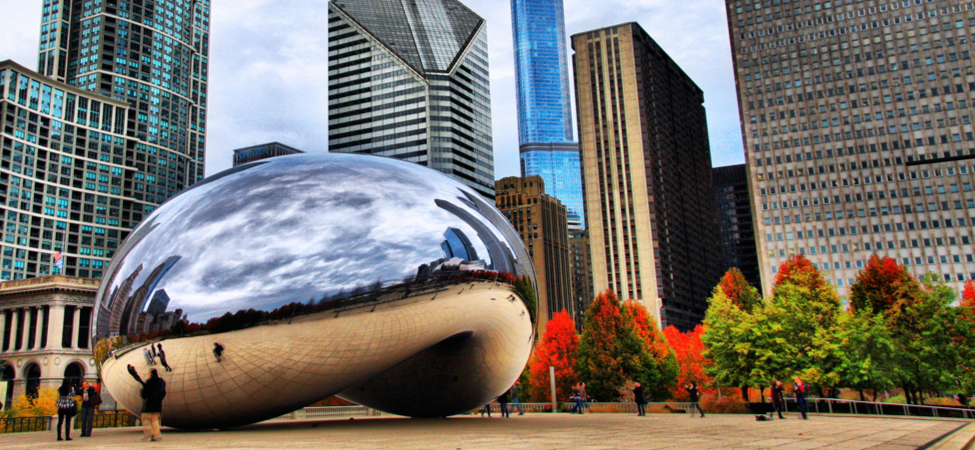Chapter 2: Geometric Optics and Image Formation (Volume 3)
2 Introduction
Samuel J. Ling; Jeff Sanny; and William Moebs

Chapter Outline
This chapter introduces the major ideas of geometric optics, which describe the formation of images due to reflection and refraction. It is called “geometric” optics because the images can be characterized using geometric constructions, such as ray diagrams. We have seen that visible light is an electromagnetic wave; however, its wave nature becomes evident only when light interacts with objects with dimensions comparable to the wavelength (about 500 nm for visible light). Therefore, the laws of geometric optics only apply to light interacting with objects much larger than the wavelength of the light.

